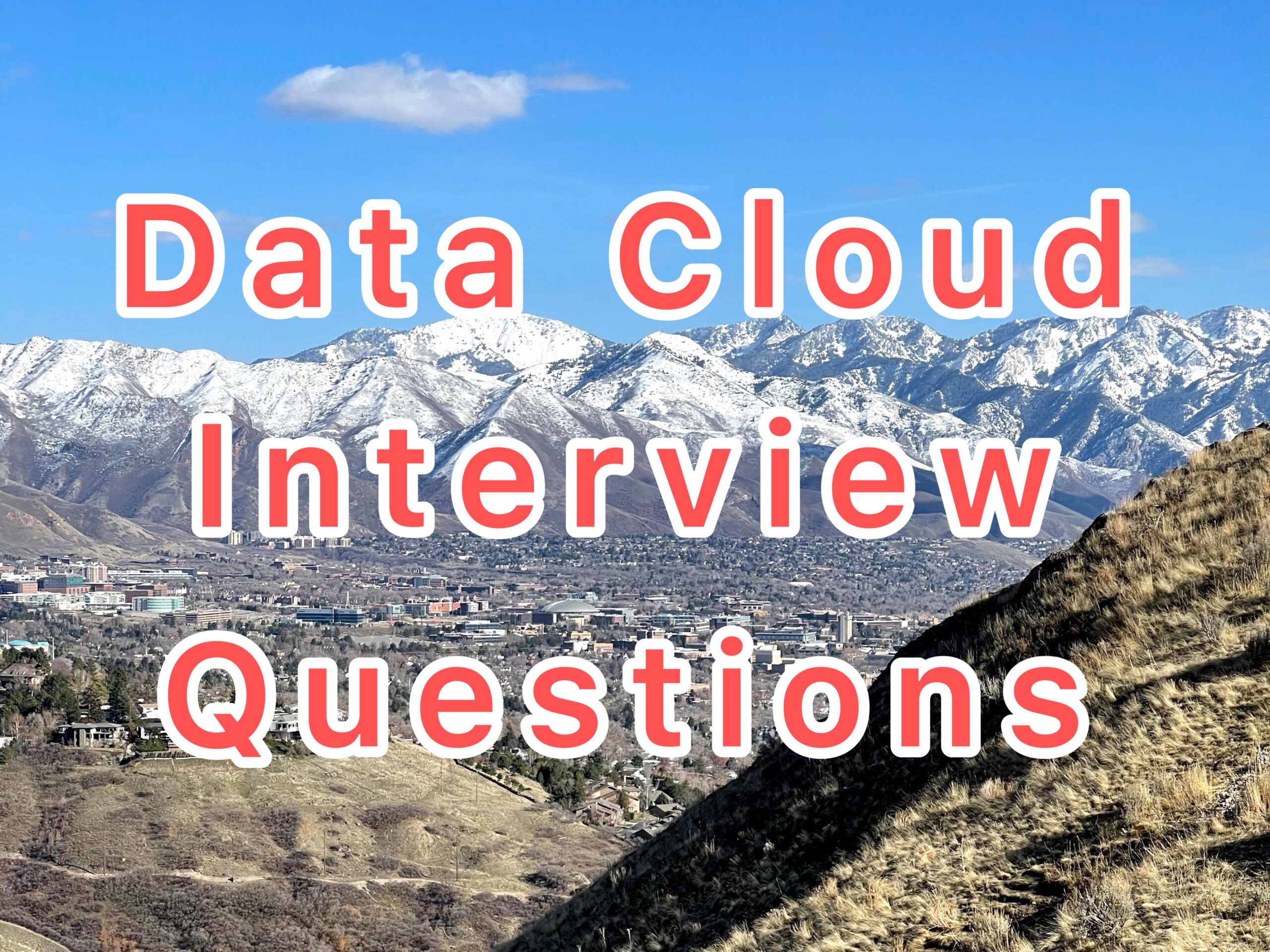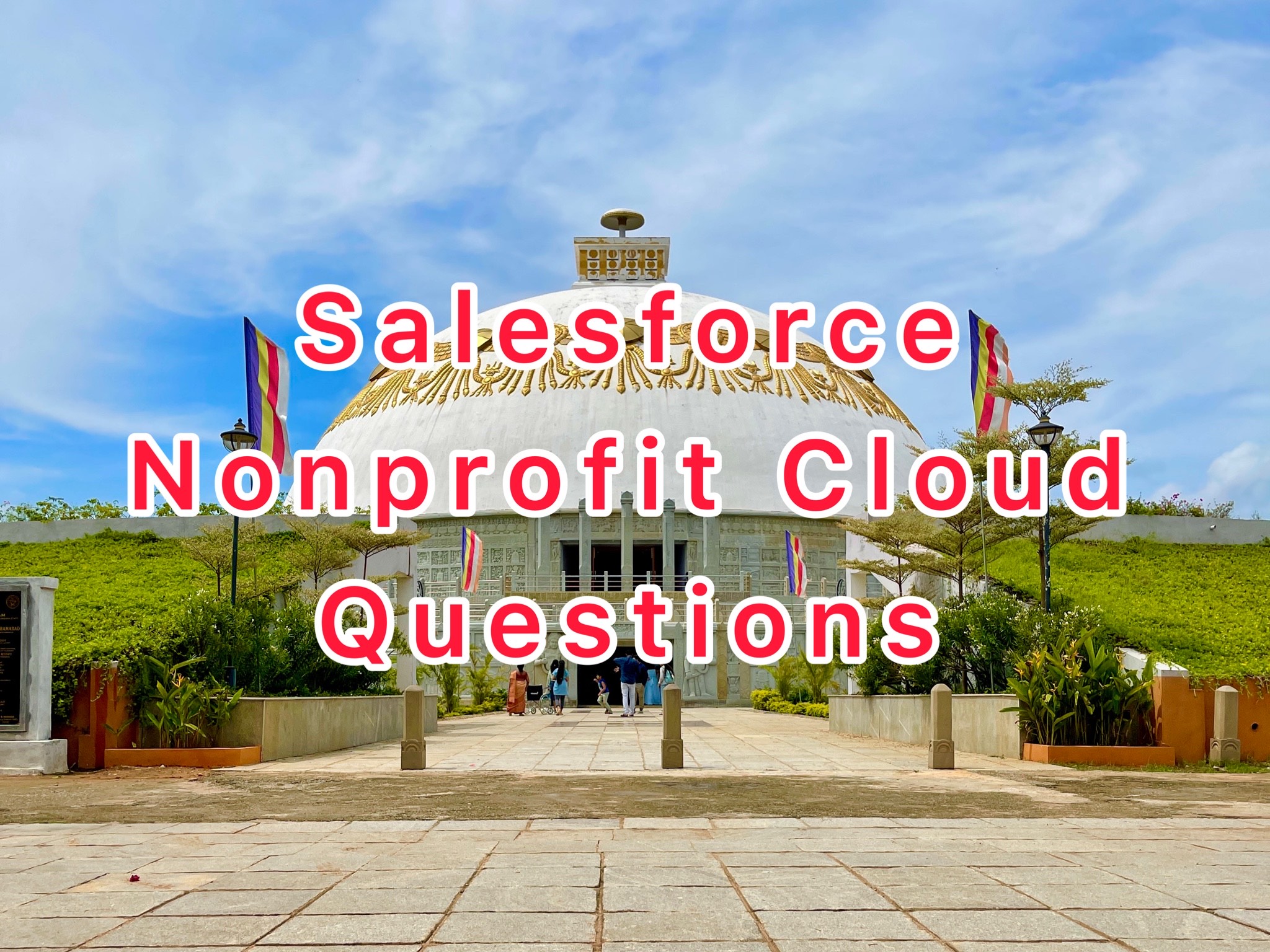Salesforce Vlocity Interview Questions and Answers
Q21. List OmniStudio Naming Conventions.
- Data Raptor Names
- Must be unique within the org
- No spaces
- Use camelCase – prefix, Verb, Object and Detail
- Use an action verb and descriptive nouns
- Use abbreviations
- Example: testGetCaseDetails
- DataRaptor JSON Paths
- Unique in the DataRaptor
- Use ASCII characters
- No spaces (some exceptions for XML)
- To parse to OmniScript elements the node name must match the element name
- Use PascalCase
- Short, descriptive names
- Abbreviate
- For Ids, Specify the object – if there is more than one extract from an object type, assign a label to each object
- Example: CaseDetails
- FlexCard Names and Authors
- The combination of Name and Author must be unique
- Names and Authors can only contain underscores and alphanumeric characters
- Must begin with a letter, have no spaces, not end with an underscore, and can’t have two consecutive underscores
- Especially avoid the apostrophe ( ‘ ) such as in a name (e.g. O’Niel)
- FlexCard and Author names can be changed by cloning the FlexCard
- Example: CasesClosed
- OmniScript Type & Sub Type
- Combination of Type/Sub Type/Language is unique in an org
- Type must start with a lower-case letter (LWC)
- No special characters
- Use camelCase – prefix, Verb, Object and Detail
- Use an action verb and descriptive nouns
- Use abbreviations
- Example: caseManagement/getCaseDetails
- OmniScript & Integration Procedure Elements
- Unique in the script
- Use ASCII characters
- No spaces (no exceptions)
- Example: GetCaseDetails
Q22. What Data Sources are available for FlexCards?
FlexCards can use following Data Sources:
- SOQL Query – Use the Salesforce Object Query Language (SOQL) to search your organization’s Salesforce data for specific information
- SOSL Search – Use the Salesforce Object Search Language (SOSL) to construct text-based search queries against the search index
- Apex Remote – Apex Remote data source is used to make a Apex Remote call
- Apex REST – Apex REST data source is used to make a Apex REST call
- DataRaptor – DataRaptor data source is used to make calls to Vlocity DataRaptors
- REST – Uses the standard REST API call
- Integration Procedures – Integration Procedure data source is used to make calls to Vlocity Integration Procedures
- Streaming API – Streaming API enables streaming of events using push technology and provides a subscription mechanism for receiving events in near real time.
- Custom – Uses the sample JSON provided.

Q23. What are FlexCard Actions?
FlexCard Actions are used to launch or update an OmniScript, navigate to a web page or application, display a flyout, fire an event, or update data field values. Following actions are available for FlexCards:
- Card – Perform card-level actions, such as reload, update data source, and remove
- Event
- Custom – Fire a Custom Event to notify the parent FlexCard of an event occurring
- PubSub – Fire a PubSub Event to notify another component on a page or application of an event occurring
- Flyout – Display additional information from a child card, OmniScript, or custom Lightning web component (LWC) in a modal or popover
- Navigate – Select a target URL or a PageReference type that enables navigation within Lightning Experience, within Communities, or to an external web address
- OmniScript – Launch an OmniScript from the FlexCard
- Update OmniScript – Update an OmniScript from a FlexCard embedded as a custom Lightning web component in an OmniScript
- OmniScript Action – Launch OmniScripts, components, web pages, or external applications from a reusable OmniStudio Action. An OmniStudio Action can launch the same OmniScript from multiple FlexCards
Q24. Explain various OmniScript Element Types.
OmniScripts have following element types:
- Actions – Actions elements are used for calling on other tools to perform various actions such as getting or saving data, calculating, sending an email etc.
- Display – Display element is used for displaying text and images on the screen to enhance the usability of the UI
- Functions – Functions elements are used for performing calculations within the OmniScript, showing conditional messages, and providing geolocation
- Group – Group element is used for grouping elements together on the UI
- Inputs – Input elements are used for system or user input or selection
- OmniScripts – Omniscripts elements are used for reusing any other OmniScript
Q25. Explain various OmniScript Actions Elements.
Actions elements are used for calling on other tools to perform various actions such as getting or saving data, calculating, sending an email etc. Some of the key OmniScript Actions Elements are:
- DataRaptor Extract Action – Get data from one or more Salesforce records
- DataRaptor Post Action – Update the data in one or more Salesforce records
- Integration Procedure Action – Call a series of actions
- API and HTTP Action – Get, save, or delete data through a web application programming interface
- Email Action – Populate and send an email as part of an interaction
- DocuSign Envelope Action and DocuSign Signature Action – Send DocuSign emails for signature or sign DocuSign emails
- Navigate Action – Send the user back to a previous page after the interaction is complete
Q26. Which OmniScript element will you use to format and display JSON data as a table, using merge codes to dynamically include information such as First Name, Last Name and Address?
Text Block element allows you to add instructions, images, and hyperlinks in an OmniScript.
Q27. What is the advantage of using DataRaptor Turbo Extract as compared to standard DataRaptor Extract?
DataRaptor Turbo Extract retrieves and filters data from a single Salesforce object type with support for fields from related objects. You can filter the data and select the fields to return. Unlike a standard DataRaptor Extract a DataRaptor Turbo Extract doesn’t support formulas or complex output mappings. It has two advantages over a standard DataRaptor Extract.
- Simpler configuration
- Better performance at runtime
Q28. Which DocuSign Action Elements are available in an OmniScript?
OmniScript DocuSign Action Elements use DocuSign Template and require DataRaptor Transform. Following DocuSign Action Elements are supported in OmniScript:
- DocuSign Envelope Action – Used to send DocuSign emails for signature
- DocuSign Signature Action – Used to sign documents with DocuSign
Q29. How can you use the output of a Calculation Procedure as an input for an aggregation step?
Include in Calculation Output checkbox should be checked in the Calculation Step.
Q30. Which element will you use if you need to convert JSON to XML in an Integration Procedure?
DataRaptor Transform is used to manipulate any data that comes from inside or outside of Salesforce can be used to Convert JSON input to XML output, and vice versa.
Read More: Vlocity CPQ Interview Questions & Answers
Additional Resources
This article will be updated soon, please come back for more real world, frequently asked Vlocity (Salesforce Industries) Interview Questions and Answers!







